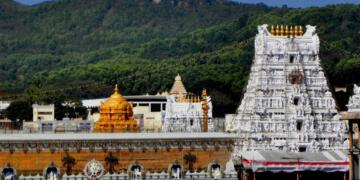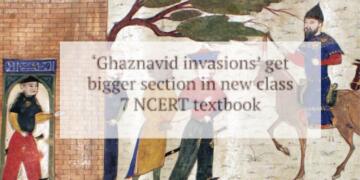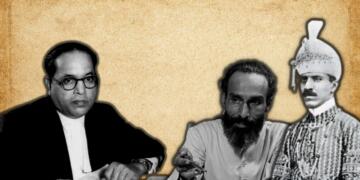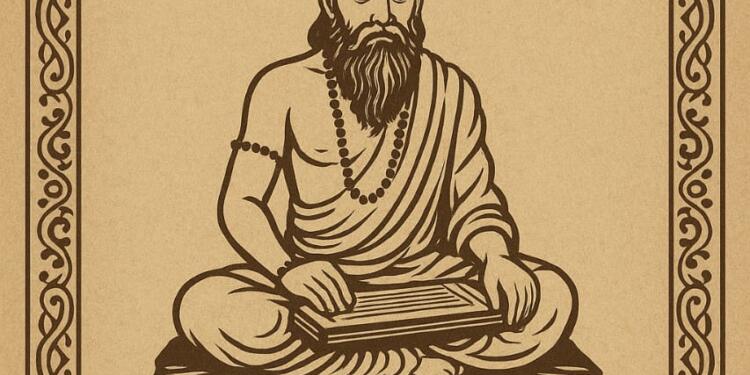The Rigveda, one of the oldest surviving texts of human civilization, was composed millennia ago in the Indus-Saraswati region, encompassing parts of modern-day India, Pakistan, and Afghanistan. It is a profound testament to the intellectual, philosophical, and scientific depth of the people who lived there. The hymns contain advanced understanding of astronomy, mathematics, cosmology, linguistics, and ritual science. Civilizations in this region built well-planned cities, established early trade networks, developed metallurgy, irrigation, and cultivated a culture where knowledge, not conquest, was the highest goal.
Yet today, large portions of this very region, especially Pakistan and parts of Afghanistan, are known globally not for wisdom or innovation, but for radicalism, ignorance, anti-intellectualism, and societal decay. Why did a civilization that once produced the Rigveda fall into such deep decline?
The answer lies in a historically violent transformation, the Islamisation of this region. This process, carried out through conquest, forced conversion, destruction of native institutions, and the imposition of a closed, dogmatic religious ideology, systematically disconnected the people from their intellectual roots. It replaced a culture of debate and discovery with one of obedience and orthodoxy, where questioning became blasphemy.
The Vedic Ethos: A Civilization of Knowledge and Inquiry
The Vedic civilization was built upon intellectual openness, spiritual inquiry, and deep reverence for knowledge. Ancient India produced mathematicians, astronomers, philosophers, grammarians, physicians, and engineers centuries before Europe entered its own Renaissance. Institutions like Takshashila and Nalanda were global centers of learning that welcomed scholars from across Asia.
Knowledge in the Vedic world was not compartmentalized; science, art, spirituality, and logic were deeply integrated. The culture promoted Sanskrit grammar, astrophysics, medicine (Ayurveda), and mathematics (such as zero and infinity). Even women participated in scholarly and spiritual life.
The Islamic Conquest: A Civilizational Rupture
This vibrant ecosystem of learning began to unravel with the arrival of Islamic invaders starting in the 8th century CE. The Arab general Muhammad bin Qasim’s conquest of Sindh marked the beginning of a violent chapter in the region’s history. Over the next several centuries, waves of Turkic, Persian, and Afghan invaders ravaged the subcontinent.
These conquests were not mere military events—they were civilizational assaults. Massive destruction followed:
- Temples and universities were burned down (e.g., Nalanda, Somnath)
- Libraries were looted and manuscripts lost forever
- Religious leaders and scholars were killed or forcibly converted
- Women were enslaved, raped, or sold as property
- Indigenous languages and traditions were suppressed
These conquerors viewed non-Islamic knowledge as heresy and imposed Persian or Arabic in place of Sanskrit and Prakrit. Sharia law became a tool to destroy native systems of law, education, and social organization. The conquest was justified as religious duty (jihad), and its rewards included land, gold, and women reducing a sophisticated culture to material and carnal greed.
Islamic Doctrine vs. Indigenous Inquiry
At the core of this decline lies a fundamental clash of civilizational values. The Dharmic traditions of India—Hinduism, Buddhism, Jainism—promoted:
- Open debate (Shastrartha)
- Tolerance of multiple worldviews
- Inner realization over external domination
- Knowledge as a means to liberation
In contrast, classical Islamic doctrine, especially as interpreted by medieval rulers, enforced:
- Absolute monotheism with no room for philosophical divergence
- Destruction of idols and temples as religious duty
- Suppression of critical thinking
- Dogmatic obedience to clerics and rulers
- Jihad as a tool for expanding Islamic control
- Women treated as assets, with limited rights to education or independence
Such an ideology closed the gates of intellectual progress. The scientific spirit, so essential to earlier Indian civilizations, was replaced by blind adherence to religious texts, often interpreted in their most rigid, literal forms. The exchange of ideas, essential for growth, was seen as a threat. Over time, generations grew up without access to their own cultural memory, disconnected from their past and taught to hate their pre-Islamic ancestors as infidels.
Psychological Colonization and Identity Rejection
Forced Islamisation brought with it a deep psychological rupture. People converted under coercion often had to demonize their past to accept their new identity. Over generations, this led to:
- Erasure of ancestral memory
- Adoption of foreign Arab or Turkic identities
- Glorification of invaders and oppressors
- Destruction of native pride
This is most visible in modern Pakistan, where textbooks glorify Ghazni and Ghori as heroes, while completely erasing the Vedic heritage of the land. A country built on denial of its civilizational roots naturally becomes hostile to knowledge, because knowledge would expose the contradictions in its identity.
From Civilizational High Point to Mental Stagnation
Today, regions that gave the world the Rigveda, Harappan engineering, and Buddhist logic are known for:
- Violent religious radicalism
- Suppression of women and minorities
- Declining educational standards
- Scientific illiteracy and superstition
- Terrorism and religious bigotry
This isn’t due to genetic inferiority. Intelligence is not fixed, it is cultivated by culture, values, and freedom of thought. When those are taken away, even the brightest soil turns barren.
In societies where debate is heresy, innovation is a threat, and obedience is the only virtue, ignorance becomes the default state.
India and Pakistan: A Tale of Two Paths
After 1947, India chose to at least partially revive its civilizational memory, investing in science, education, and pluralism. Despite political and social challenges, it retained its Vedic substratum.
Pakistan, on the other hand, built its identity on Islamic exclusivism and rejection of the subcontinental past. It rewrote its history, glorified conquest over inquiry, and fostered radicalism as state policy. The results are visible: one society aspires to Mars missions and innovation, the other struggles with sectarian violence and ideological confusion.
Conclusion: Islamisation as the Root of Intellectual Decline
The Islamisation of the Indian subcontinent, particularly the Indus Valley region was not just a religious shift. It was a civilizational decapitation. It severed the people from their spiritual, intellectual, and cultural roots, replacing inquiry with dogma, and wisdom with obedience.
If this region is to reclaim its lost greatness, it must first break free from the ideological chains of its past. This means reconnecting with its Vedic heritage, reforming oppressive religious interpretations, and restoring the culture of debate, inquiry, and knowledge that once made it the light of the ancient world.






























